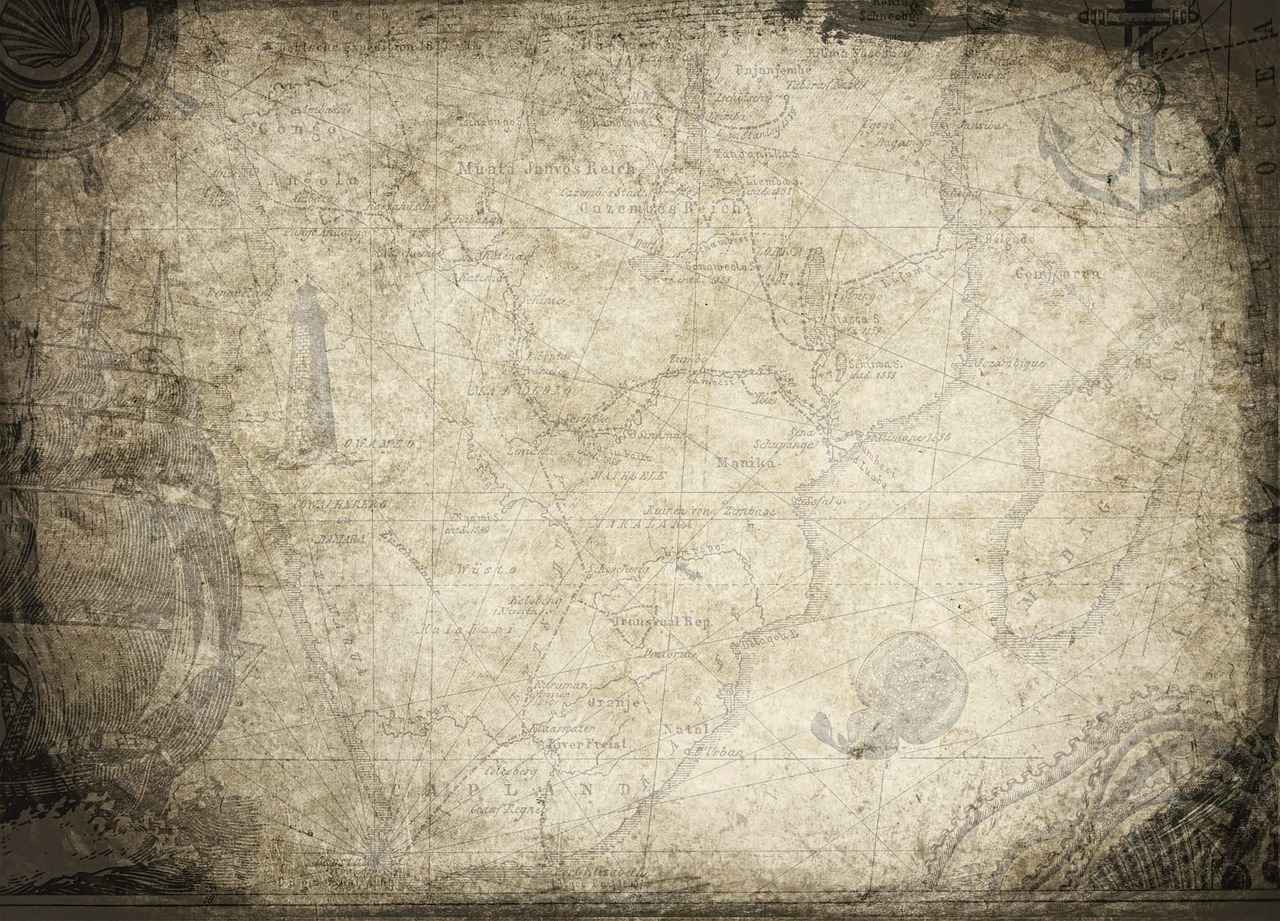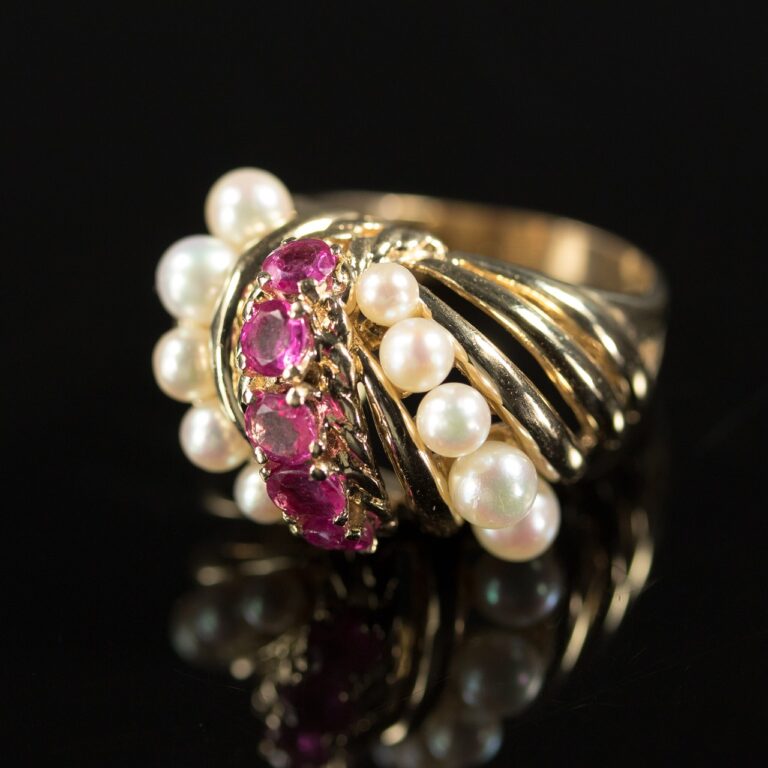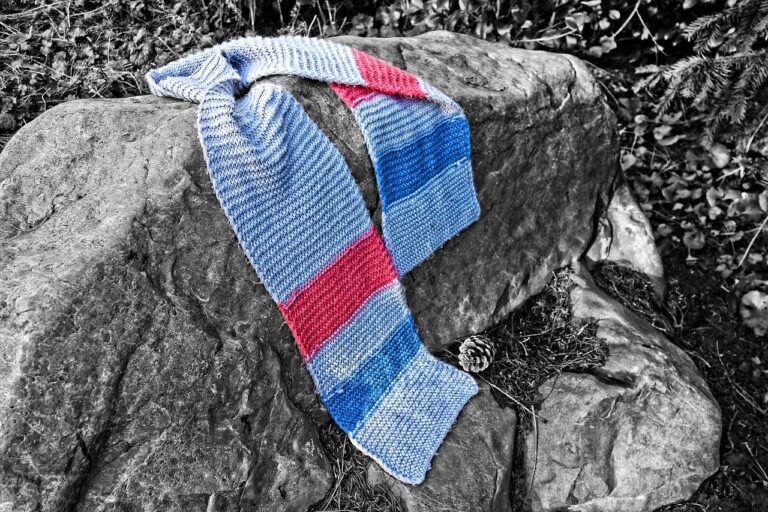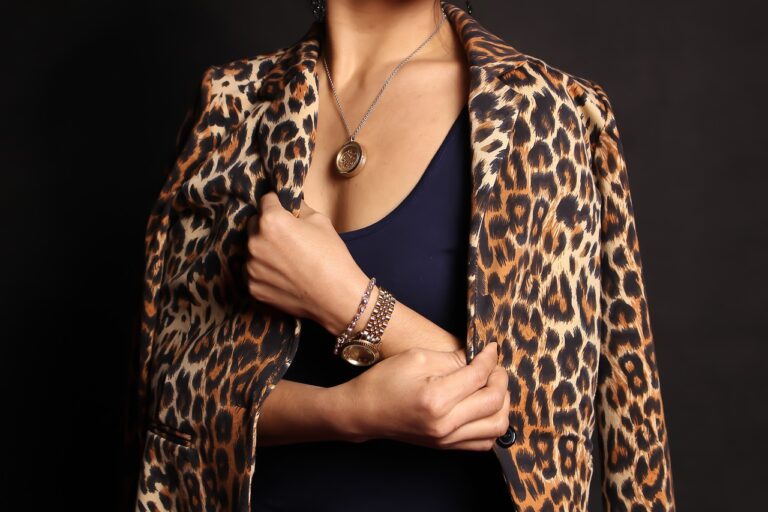Fashion and Literature: Exploring the Connection Between Style and Storytelling
Clothing choices play a crucial role in shaping the development of characters in literature. The way a character dresses often reflects their personality, status, and values, providing readers with valuable insights into their inner world. For instance, a character who always dons tailored suits may be perceived as sophisticated and professional, while someone in casual, worn-out clothing might be seen as laid-back or careless. These choices not only add depth to a character but also help to convey their beliefs and motivations without the need for explicit exposition.
Moreover, clothing can serve as a visual cue for character growth and transformation throughout a story. A character who undergoes a significant change may also undergo a wardrobe transformation, shifting from one style to another to mirror their internal evolution. This evolution through clothing can be a powerful tool for authors to show the progression of a character’s journey and development, allowing readers to witness the shifts in their personality and circumstances through a tangible and relatable medium.
The Symbolism of Fashion in Literature
The clothing choices of characters in literature often serve as a reflection of their innermost thoughts and emotions. Through the outfits they wear, authors are able to convey subtle nuances of a character’s personality, aspirations, and struggles. Whether it’s a character’s preference for vintage clothing symbolizing a longing for the past or their choice of bold colors representing their confidence and strength, fashion in literature acts as a visual language that enhances the depth of the narrative.
Furthermore, the symbolism of fashion in literature extends beyond individual characters to encompass broader themes and societal norms. By using clothing to depict social status, cultural background, or historical context, authors can create a vivid and multi-dimensional world for their readers to immerse themselves in. From the extravagant ball gowns of the aristocracy to the humble workwear of impoverished characters, each garment serves as a piece of the puzzle that contributes to the overall tapestry of the story.
• The clothing choices of characters in literature often serve as a reflection of their innermost thoughts and emotions.
• Authors use outfits to convey subtle nuances of a character’s personality, aspirations, and struggles.
• Fashion in literature acts as a visual language that enhances the depth of the narrative.
Furthermore, the symbolism of fashion in literature extends beyond individual characters to encompass broader themes and societal norms.
• Clothing can depict social status, cultural background, or historical context.
• Authors create vivid and multi-dimensional worlds for readers to immerse themselves in through fashion symbolism.
• Each garment serves as a piece of the puzzle that contributes to the overall tapestry of the story.
How Authors Use Clothing to Set the Mood
Clothing in literature serves as a powerful tool for authors to shape the mood of their narrative. By carefully choosing the attire of their characters, authors can convey emotions, portray social status, and even foreshadow events. The description of clothing can create a visual image for readers and immerse them deeper into the story, setting the tone for the unfolding events.
Moreover, clothing can act as a symbolic representation of inner thoughts and feelings of characters. The colors, styles, and fabric choices can reveal hidden aspects of a character’s personality or their emotional state. For example, a character dressed in all black may suggest a sense of mystery or darkness, while vibrant colors could convey joy or optimism. Through the use of clothing, authors can effectively communicate the underlying themes and atmosphere of their work without explicitly stating them.
How do authors use clothing to set the mood in their writing?
Authors use clothing to set the mood by describing the character’s attire in a way that reflects their personality, emotions, and the overall tone of the scene.
Can the clothing choices of a character influence their development throughout a story?
Yes, the clothing choices of a character can influence their development by highlighting their growth, changes in personality, or internal conflicts through their fashion choices.
What is the symbolism of fashion in literature?
Fashion in literature can symbolize social status, cultural norms, personal identity, or represent a character’s inner thoughts and feelings through their choice of clothing.
How does the clothing of a character impact the reader’s interpretation of the story?
The clothing of a character can impact the reader’s interpretation of the story by providing visual cues about the character’s background, motivations, and relationships, helping to create a more immersive reading experience.






